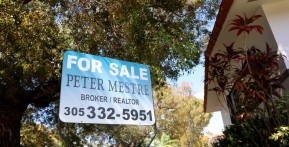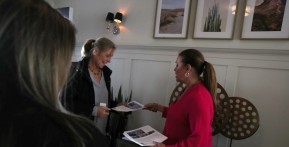
Americans are calling out for greater access to green spaces. Research conducted by Pew found that nearly half of all US adults would now prefer to live in a less densely populated area with greater access to green spaces, and as such there has been a notable exodus out of the cities. This is leading developers within cities to look at how they can utilize their green spaces more efficiently and with greater thought for the demands of the market. As a result, there are now fantastic examples of effective, yet creative, greenspaces development in urban areas across the country.
Simple but effective
Toledo, Ohio, is best known as Glass City. Like many other cities in the Midwest, it saw significant decline as the manufacturing industry in the region wound up. Similarly to those other urban centers, this also saw a general decline in the quality of amenities and planning in the city. Redeveloping Toledo to make it a pleasant and green space to live has been a difficult process given the scale of change required. A simple principle deployed in Toledo has focused on providing green space for businesses and focusing on the simple things - such as well-maintained lawns and trees. This project, the Glass City Metropark, links together six neighborhoods and 300 acres of greenway. Sometimes, the simplest schemes are the most productive.
Thriving in small spaces
Where businesses and homes are well-rooted it can be difficult to make the argument for added greenspace. It follows that making the most out of congested areas is crucial. Businesses who spend time looking at how to produce just a little more greenery in their premises will help significantly - these changes are more than the sum of their parts. The Project Learning Tree Educator notes that a lot of good work can be done by simply looking to plant small numbers of plants in and around the urban space. This sort of creative work can already be seen on plant walls, which are becoming more common around the USA.
Deploying the roof
This need to be innovative in small spaces has driven forward the adoption of green roofs. This has been seen in New York City more than any other place, according to VOA News, where tenants, businesses and landowners have sought to aggressively green-ify their rooftop spaces to sap carbon from the atmosphere and provide urban oases. With more sustainable interest now secured, and big businesses and developers looking to get further involved with these schemes, this is good news for the future generation of rooftop gardens and their impact on the urban green landscape.
With that, more young professionals and families will hopefully be drawn back to urban areas. Providing an oasis through which to enjoy a bit of respite against the stuffiness and greys of urban spaces is important. That's true for mental health and for physical health, too, and will make a compelling argument for staying in the city.
* This is a contributed article and this content does not necessarily represent the views of realtytoday.com













